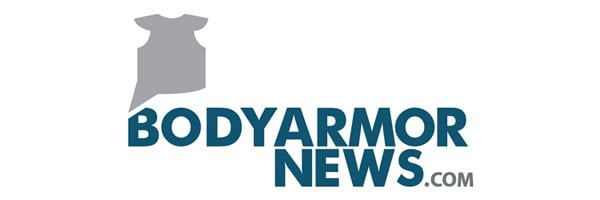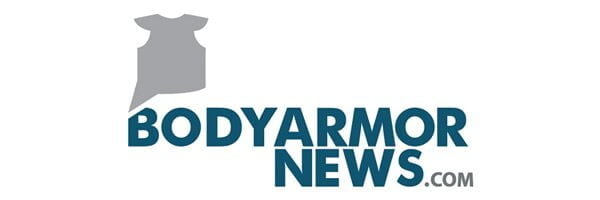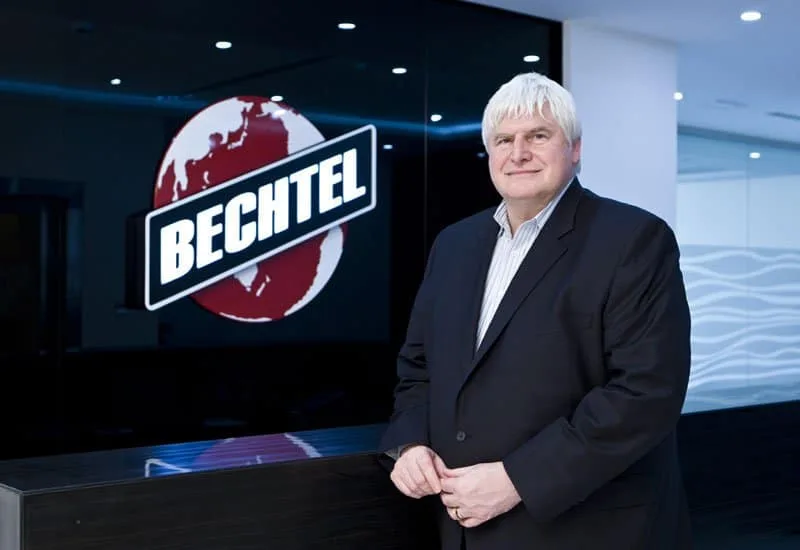Light Weight Armour Productivity High and Personnel Safe
Tension and fire-arm threats are on the rise in Iraq and organisations operating locally do everything to protect their personnel from such danger. Since safety and protection measures are being increased to a maximum, the demand for body armour has increased dramatically as both Governmental and private organisations are acquiring body armor.
Unfortunately, the majority of issued vests are too heavy and bulky. Some vests can weigh up to 20 Kg (44 Lbs) which is mainly due to the use of standard ceramic plates. In addition to the weight, the extreme desert climate in the Iraq is a serious barrier that hinders the efforts of safeguarding individuals against fragmentation or firearms. An increasing number of people responsible for the safety of their personnel are acknowledging the implications of providing cheaper but uncomfortable vests. The rising demand of light weight body armour has been the driving force that has spawned innovative companies to produce high quality vests and inserts from the ground up.
One of the companies that is capturing this growing market is EnGarde body armor which has already provided its light-weight body armour to corporations operating in Iraq such as Bechtel and recently also to Honeywell, General Electric and IAP Worldwide services to name a few.
Mr. Luiten, managing partner of EnGarde body armor, has concurred with the new trend of light weight body armour sales and tells us that EnGarde Body Armor sees an increased number of requests for light weight body armour and lightweight plates. In creating body armour which offers both the required protection against machine gun fire and grenade shrapnel in addition to optimal wear comfort the solution lies in combining novel light-weight materials.
The latest developments in the body armour industry have resulted in light-weight hard armour inserts which are made from Dyneema and ARISTONE(r). These materials not only outperform the widely used Ceramic inserts but also weigh significantly less (over 50% weight decrease). Combined with the usage of breathing materials for the coating of the vests it is possible to produce light weight body armor which does not trade in comfort for protection. “When companies are providing their personnel to wear light weight body armour but the vests are too hot and too heavy, people will simply not wear them. Therefore, companies which are focused on offering their employees a maximum protection should carefully decide if the heavier body armor model really serves its purpose!” Mr. Luiten states.
Light weight body armour plates won’t crack
We also approached another company which is specialised in protective vests. According to the spokesman of USA body armor, light weight level III Dyneema plates are the thinnest polyethylene plates on the market with the ability to even withstand a AK 47 mild steel core bullet. The plates won’t crack like ceramic plates when they are dropped and can last for more then ten years even when used in harsh environments. Even well trained soldiers welcome the new inserts and vests despite the fact that they can take the extra weight of ceramic. However, for men and women not trained for the 10mile drill the additional weight imposes a serious burden that ultimately harms the individual and the company.
To prevent this from happening any body armour manufacturer around the world advice its clients to get the high-tech, light weight body armour. The marginal investment over standard body armor saves lives and will pay itself back with interest.









